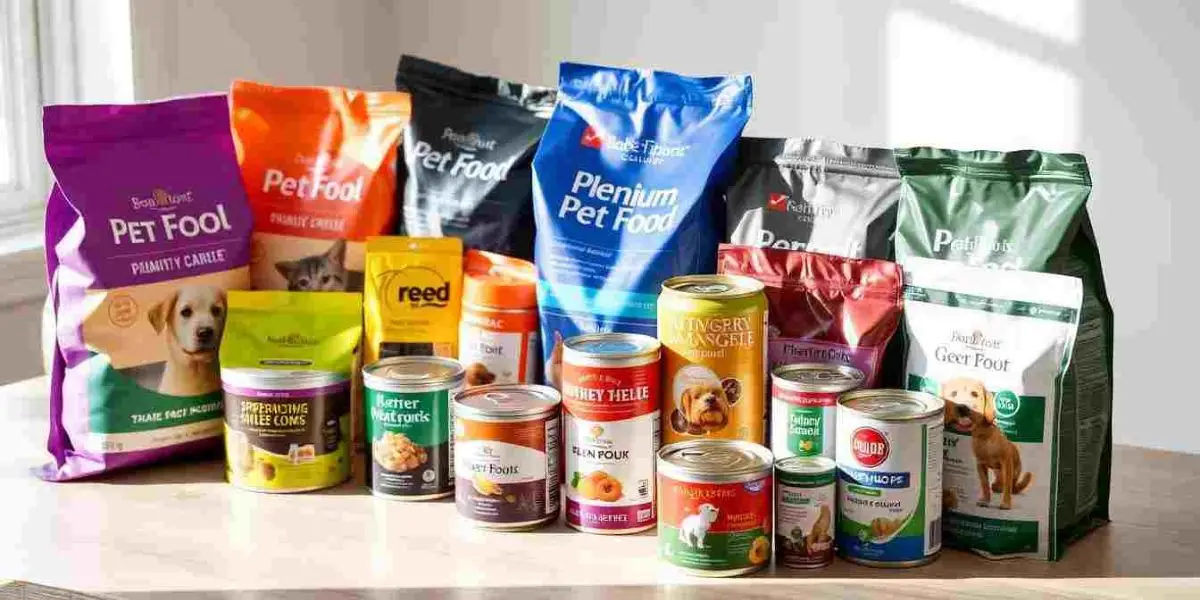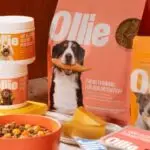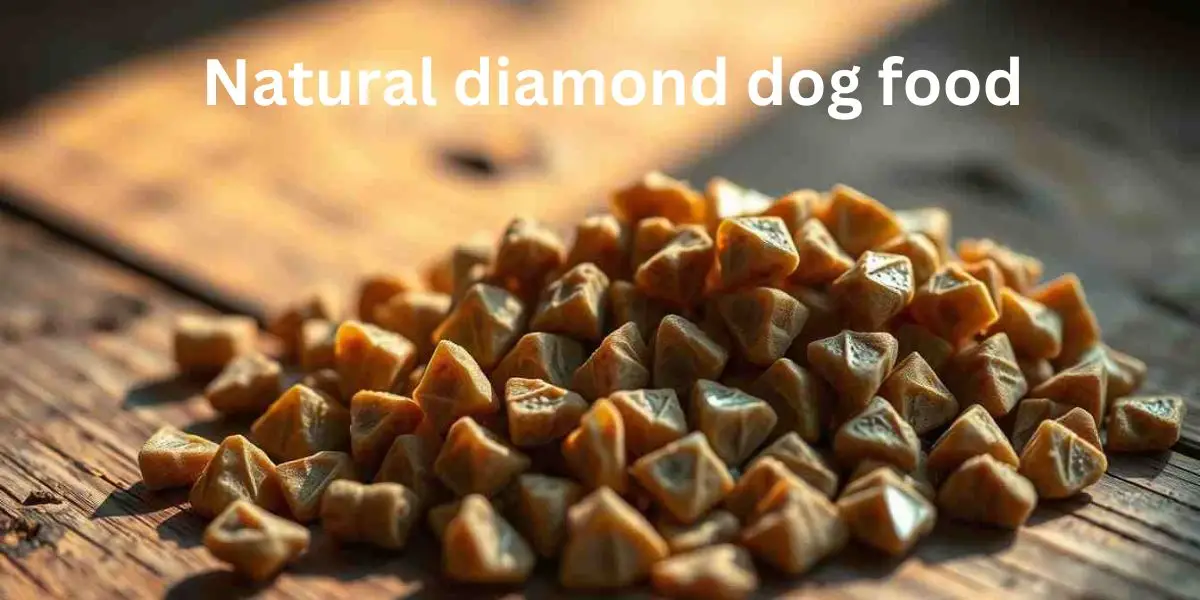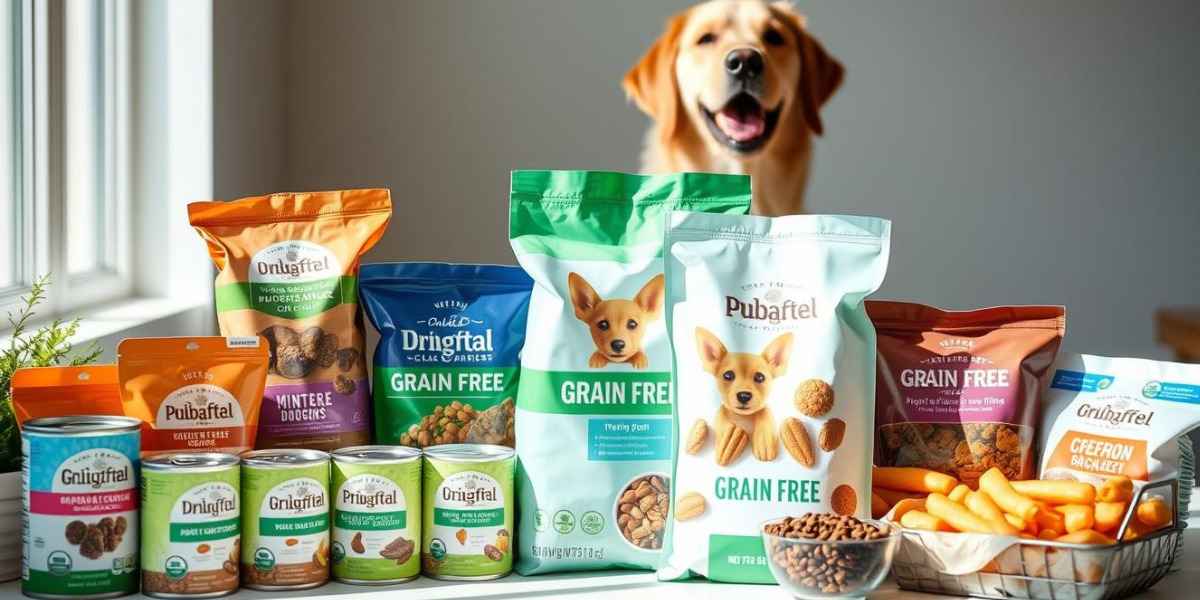When it comes to feeding your little one, convenience and nutrition should go hand in hand. Baby food squeeze pouches have become a staple for busy parents across the USA, offering a practical solution without compromising on quality. These handy pouches are filled with purees suitable for babies and toddlers, combining ease of use with nutritious ingredients. Whether you’re new to parenting or seeking to enhance your baby’s snack time, this guide will provide comprehensive insights into baby food squeeze pouches.
Table of Contents
1. What is a Baby Food Squeeze Pouch?
A baby food squeeze pouch is a soft, portable container filled with pureed fruits, vegetables, grains, or proteins. Designed with a twist cap and a built-in spout, it allows babies to self-feed or enables parents to feed them on the go with minimal mess.
2. Benefits of Baby Food Pouches
-
Portable & Convenient: Ideal for travel, car rides, or busy days.
-
Less Mess: No spoon is needed, reducing spills.
-
Encourages Self-Feeding: Promotes independence as babies learn to feed themselves.
-
Portion Controlled: Helps manage serving sizes.Center for Environmental Health
3. Key Ingredients to Look For
When selecting a pouch, prioritize:
-
Whole Fruits and Vegetables: Ensure the primary ingredients are whole foods.
-
No Added Sugar or Salt: Opt for products without unnecessary additives.
-
High in Fiber: Supports digestive health.
-
Fortified with Iron and Other Key Nutrients: Essential for growth and development.
Avoid pouches with:
-
Artificial Colors or Flavors: Indicates unnecessary processing.
-
Unpronounceable Ingredients: Suggests the presence of additives or preservatives.
-
Excessive Juice Concentrate: Adds unnecessary sugars.Perfect Packaging+11AP News+11Reddit+11
4. Organic vs. Non-Organic Pouches
Organic pouches are made with ingredients grown without synthetic pesticides or fertilizers. While both organic and non-organic options can be nutritious, organic choices may reduce exposure to pesticide residues and often feature cleaner ingredient lists.
5. The Best Times to Use Them
-
On the Go: Perfect for diaper bags, strollers, and road trips.
-
At Daycare: Easy to pack and serve.
-
During Teething, Cold pouches can soothe gums.
-
As a Snack or Meal Supplement: Provides additional nutrition between meals.
6. Top Brands in the USA
Some popular and trusted brands include:
-
Happy Baby Organics: Offers a variety of organic options.
-
Earth’s Best: Known for their commitment to organic ingredients.
-
Gerber: A longstanding name with a wide range of products.
-
Plum Organics: Focuses on innovative flavor combinations.
-
Once Upon a Farm: Provides fresh, refrigerated pouches with organic ingredients.
7. DIY Baby Food Pouches
Creating your pouches allows for control over ingredients and can be cost-effective. To make your own:
-
Equipment Needed: Blender or food processor, fresh organic ingredients, reusable squeeze pouches.
-
Benefits: Customize flavors, ensure freshness, and reduce waste.
For a step-by-step guide on making homemade baby food pouches, visit Family Food on the Table.Family Food on the Table
8. Environmental Impact
While traditional pouches offer convenience, they pose environmental concerns due to their non-recyclable nature. However, some brands are introducing recyclable or compostable packaging. Additionally, reusable silicone pouches present an eco-friendly alternative. According to Perfect Packaging, stand-up flexible pouches have a lower carbon footprint compared to glass jars.Home+2Perfect Packaging+2Packaging World+2
9. How to Store Them
-
Unopened Pouches: Store in a cool, dry place.
-
Opened Pouches: Refrigerate and consume within 24-48 hours.Happy Family Organics
-
Homemade Pouches: Freeze for up to 1-2 months.
All About Baby Food Squeeze Pouches: What Parents in the USA Need to Know
In addition to understanding the basics of baby food squeeze pouches, there are some additional aspects that parents often search for—things like safety recalls, reusable options, and where to buy them affordably. Let’s take a deeper dive into those key topics.
Baby Food Squeeze Pouch Maker
If you’re a DIY parent who loves control over your baby’s meals, a baby food squeeze pouch maker is a great tool. It allows you to blend your ingredients and fill reusable pouches easily at home. Many pouch makers come with funneling tools and storage pouches, making the process clean and simple.
Baby Food Squeeze Pouch Recall
Safety is a top concern. Occasionally, there are baby food squeeze pouch recalls due to contamination or packaging issues. Parents should stay up to date with news from brands like Gerber, Plum Organics, or Earth’s Best, and check the FDA’s website for any official recall notifications. Always inspect pouches for bloating, odd smells, or broken seals before feeding.
Baby Food Squeeze Pouch Reusable
A reusable baby food squeeze pouch is perfect for eco-conscious families. These silicone or BPA-free plastic pouches can be filled, washed, and used again. They save money, reduce waste, and allow total control over what your baby eats.
Baby Food Squeeze Pouch Holder
A baby food squeeze pouch holder is a neat accessory that helps your little one hold the pouch while preventing them from squeezing out the contents too fast. These are especially handy for toddlers who are still learning fine motor skills.
Baby Food Squeeze Pouch Walmart
Looking for convenience? Walmart carries a wide variety of baby food squeeze pouches, both in-store and online. Brands like Gerber, Happy Baby, and Parent’s Choice (Walmart’s brand) offer affordable and nutritious options, including organic blends and snack packs.
Baby Food Squeeze Pouch Costco
Shopping in bulk? Costco is a go-to for families with hungry little ones. They offer large multi-packs of organic baby food squeeze pouches from brands like Kirkland Signature and Once Upon a Farm, making it easy to stock up and save.
Refillable Baby Food Squeeze Pouch
A refillable baby food squeeze pouch lets you create and store your recipes. Most come with a side zipper or bottom opening for easy filling. These are perfect for homemade fruit and veggie purees and are freezer-safe for prepping in batches.
Organic Baby Food Squeeze Pouch
Parents wanting to avoid pesticides and GMOs often choose organic baby food squeeze pouches. These are made from certified organic fruits and veggies, and many brands also avoid added sugars or preservatives. Great organic options include Earth’s Best, Once Upon a Farm, and Happy Baby.
Gerber Baby Food Squeeze Pouch
Gerber is one of the most recognized baby food brands in the USA. Their squeeze pouches are known for:
>Age-specific nutrition
>Clean ingredient lists
>A wide variety of flavors (like banana-apple-pear, or oatmeal with fruit blends)
Gerber also offers organic options and nutrient-rich pouches with added grains and proteins.
What Can Babies Eat as Baby Food?
Babies typically start solids at around 6 months, beginning with:
Single-ingredient purees (like peas, carrots, apples)
Mashed banana or avocado
Iron-fortified baby cereals
As they grow, they can move to combo blends and chunkier textures. Always introduce one food at a time to check for allergies.
What Is Pureed Baby Food?
Pureed baby food is food that has been blended into a smooth consistency for easier swallowing and digestion. It’s the first step in transitioning from milk/formula to solids. Think mashed sweet potato, apple puree, or blended peas.
Can You Make Baby Food in a Food Processor?
Absolutely! A food processor is one of the best tools for making baby food at home. It’s powerful enough to blend fruits, veggies, meats, and grains into smooth, baby-friendly textures. Just steam or cook the ingredients first for a soft consistency.
Why Do Babies Eat Baby Food?
Babies need baby food because:
Their digestive systems are still developing
They need nutrient-dense, soft-textured meals
It helps them transition from liquid to solid diets
It introduces them to new flavors and textures
Best Baby Food Pouch Maker
The best baby food pouch maker depends on your needs. Some top-rated ones include:
Infantino Squeeze Station: Easy to use, budget-friendly, and comes with everything you need.
Baby Brezza Food Maker: Combines steaming and blending in one.
Kiinde Foodii System: Works with breastmilk and purees, great for busy moms.
Infantino Baby Food Pouch Maker
The Infantino Baby Food Pouch Maker is one of the most popular choices. It’s affordable and simple to use. With a twist-to-fill station and disposable or reusable pouches, it lets you prep healthy meals fast and without the mess.
Homemade Baby Food Pouch Maker
A homemade baby food pouch maker kit often includes:
A blending tool (or you can use your blender)
Funnel or pouch-filling station
Reusable pouches
This setup is great for parents who want full control over what their baby eats, especially those with food allergies or dietary restrictions.
FAQs
1. Are baby food squeeze pouches safe for daily use?
Yes, if balanced with other textures and whole foods. Don’t rely on them exclusively.
2. Can I freeze baby food pouches?
Yes, especially DIY versions. Just make sure to leave space in the pouch for expansion.
3. Are pouches recyclable?
Some brands offer recycling programs. Check the packaging or use reusable pouches.
4. What age is best to start using pouches?
Typically around 6 months when babies begin solids. Always consult your pediatrician.
5. How many pouches should my baby eat per day?
It varies by age and appetite. Start with 1–2 a day and increase if needed alongside other meals.









